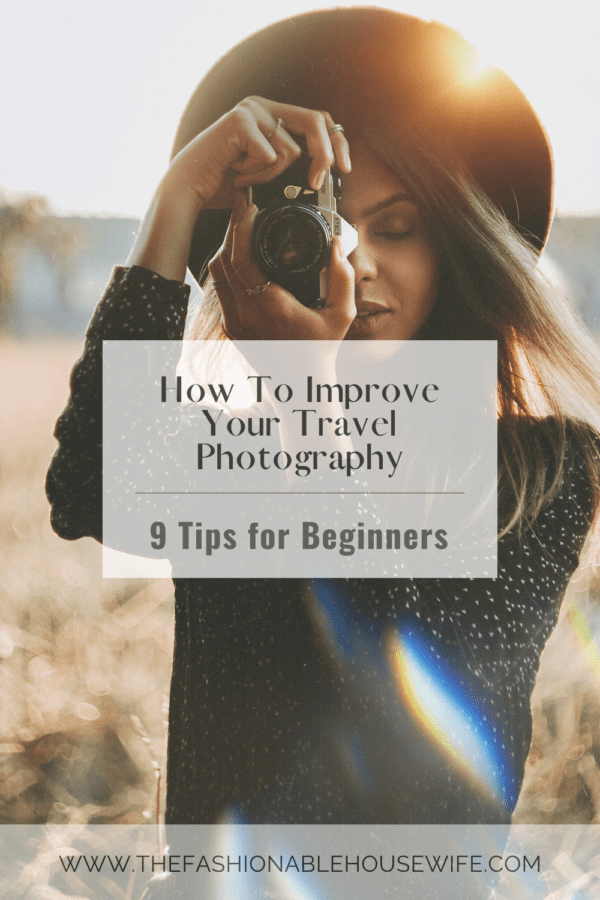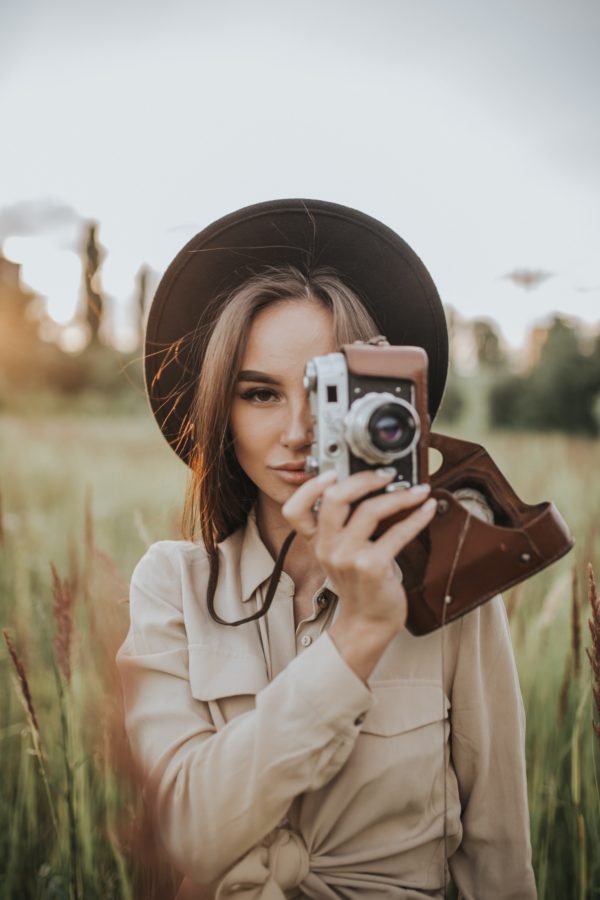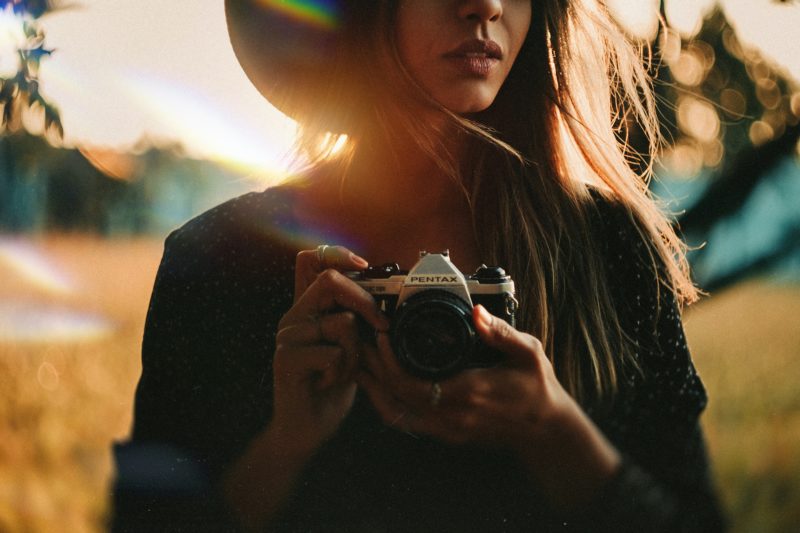
Are you an avid traveler who documents your trips with photographs or someone who likes to take occasional snaps of your vacations? No matter where you are with your photography skills, there’s nothing more disappointing than coming home from a break and realizing that you have no photos to remember it by! Thankfully, even if you’re not a pro-photographer and don’t have thousands of dollars to invest in a new camera lens, you can improve your travel photography by just getting out there and snapping away, improving the lighting, or researching tips and tricks on social media. You might struggle with some of these things now, but after reading this article, we are sure your photos will soon skyrocket!
Prepare before you leave.
Before leaving for your trip, you should research the best travel photography locations. Think about the types of photos you want to take and the kind of lighting you will be likely to find. If you’re visiting a trendy destination, you may need to arrive early in the morning or late in the evening to avoid busy times of the day. You may even want to do a test run at home or visit a local park to get a feel for your photography skills and test your equipment before you go. If you’re traveling abroad, you’ll also want to familiarize yourself with any rules and regulations that might be specific to the location. Certain attractions, buildings, and even beaches may have rules about when you can visit, how long you can stay, and what you can take pictures of. Knowing these things will help you avoid unnecessary stress during your trip.
Find the best light.
One of the most important things to consider when you’re looking to improve your travel photography is the lighting. The best light for photography usually occurs during the Golden Hour. This is the hour before and after sunrise or sunset when the sun’s rays are at their most golden and beautiful. This is when you get the most vibrant and colorful photos. Take note of the light during different parts of the day and try to adjust your photography accordingly.

Use a remote shutter.
While some seasoned photographers will insist that you should never use a remote shutter, it is an essential piece of equipment for the absolute beginner. It allows you to free your hands to change your angle, adjust your camera settings and avoid any unnecessary camera shake. This will be especially important if you take photos at a long shutter speed! If you’re visiting a crowded area, it’s also a good idea to use a remote shutter so that you don’t accidentally take a photo of someone who doesn’t want to be photographed. Most remote shutters also allow you to set a timer so that you know your photo has been taken without having to be beside the camera.
Travel with a tripod
If you want to take travel photography to the next level, we recommend traveling with a tripod. Using a tripod will keep your camera steady and reduce the amount of blur caused by your hands shaking. This is especially important if you want to take night photography or long-exposure photos in low light. Make sure you are aware of any restrictions using your tripod and that you are using it correctly to help you to get the best images and avoid damage by using it in high-traffic areas.
Get to know your camera.
While it’s essential to be on the lookout for the best light and conditions, it’s also crucial that you know your camera inside and out. You should know your camera’s shutter speed, ISO, and f-stop numbers by heart. This will allow you to adjust your settings quickly and efficiently as you move from place to place, ensuring you get the perfect photo every time. If you’re visiting an area with low light, you’ll want to use a higher ISO, while if you’re taking pictures in bright conditions, you might want to lower your ISO to avoid overexposing your photo. Apertures are responsible for controlling the amount of light that enters your camera, and a lower f-stop like f/8 or f/11 will allow more light into your camera.
Try timelapse photography
There are lots of apps and programs that allow you to create your timelapse. You can even make them on your smartphone! If you love taking photos of landscapes or you want to capture the passing of time in a single photograph, timelapse photography is the perfect hobby for you.
If you’re visiting a place with a lot of history or beautiful architecture, you might want to try photographing it at different times of the day to get the perfect lighting. This can help you avoid crowds and will produce a more interesting photograph.

Take photos from different angles and distances.
If you want to take travel photography to the next level, you’ll want to mix up how you take photographs. Try photographing your subject matter from different angles, distances, and heights. For example, if you’re visiting a city, you may want to take a photo of the skyline from far away and a close-up shot of the street you’re standing on. This will allow you to keep your photographs fresh and exciting. It can also be a great way to challenge yourself and push your photography skills.
Use a drone
Flying a drone can be an expensive hobby, but it can also be a fun and creative way to take travel photos. If you’re visiting a place with incredible landscapes, you may want to use your drone to photograph the scene from above. This can be a great way to avoid the crowds and get a unique view of the area. It’s also a good idea to check the drone rules and regulations of the location that you’re visiting before you fly. Some places don’t allow drones, and others have strict rules about where you can fly them. Make sure to research the different drones available such as the DJI Mini 2, to get the right one for you.
Don’t be afraid to experiment!
Ultimately, travel photography is about experimentation and trying new things. You might find that your most exciting photos are those you weren’t expecting and that you have no idea how you managed to get them! You might have to try out a few different things before you find the perfect travel photography formula for you. But no matter what, don’t get discouraged. There are plenty of ways to improve your travel photography, and if you try out these tips, you’ll be snapping better photos in no time.



